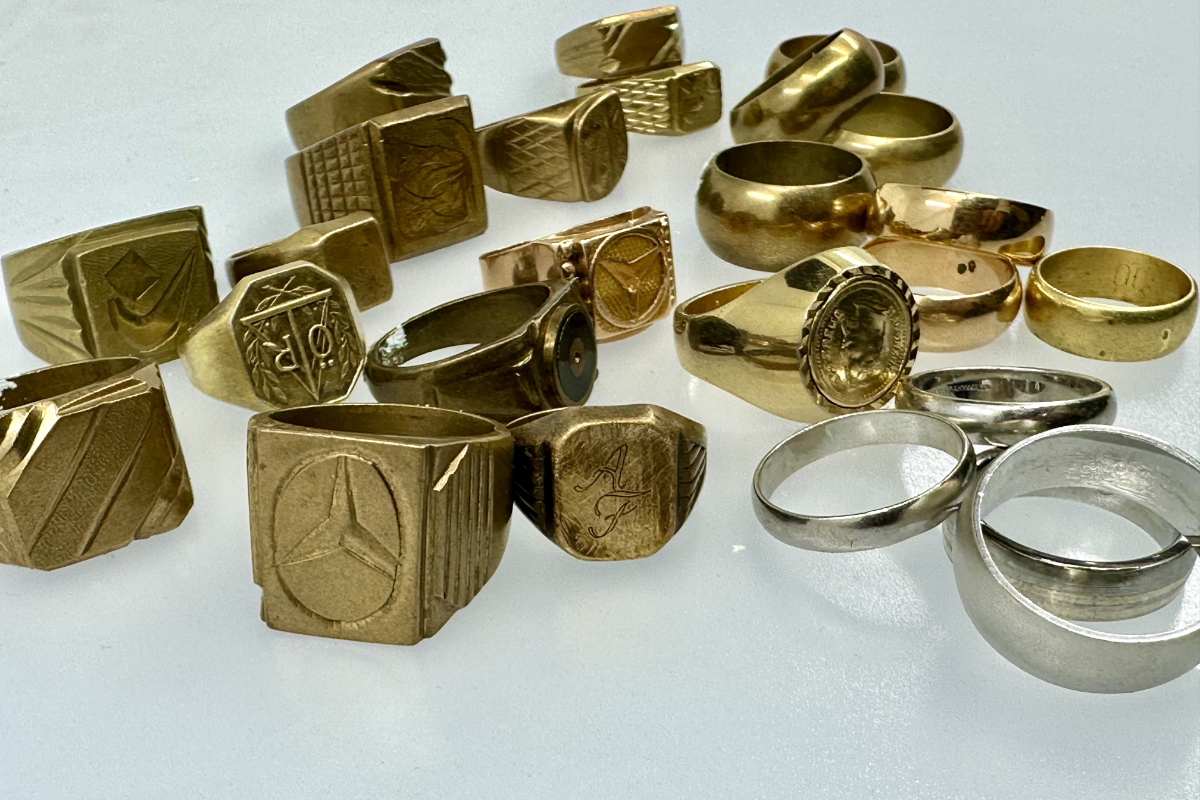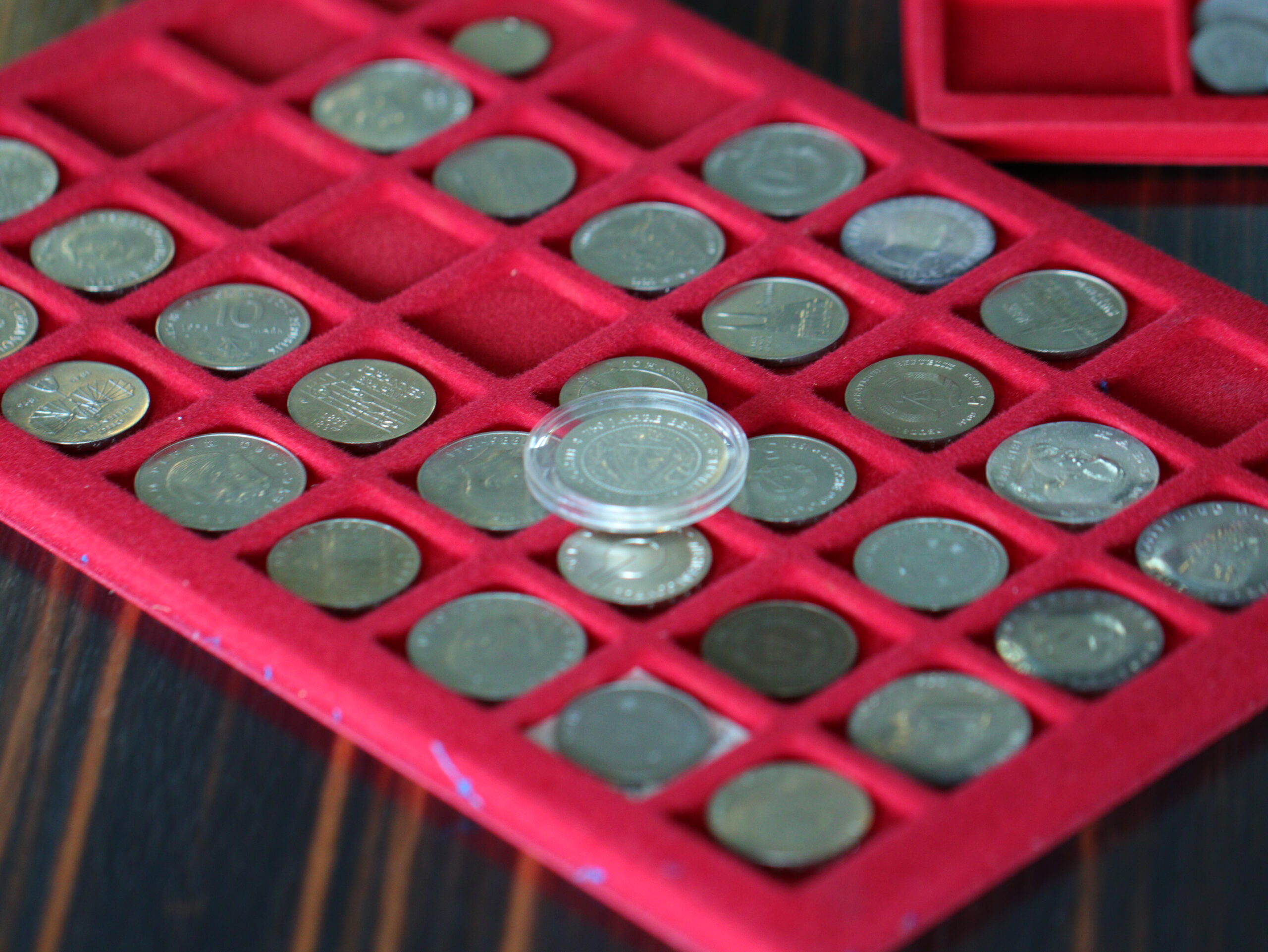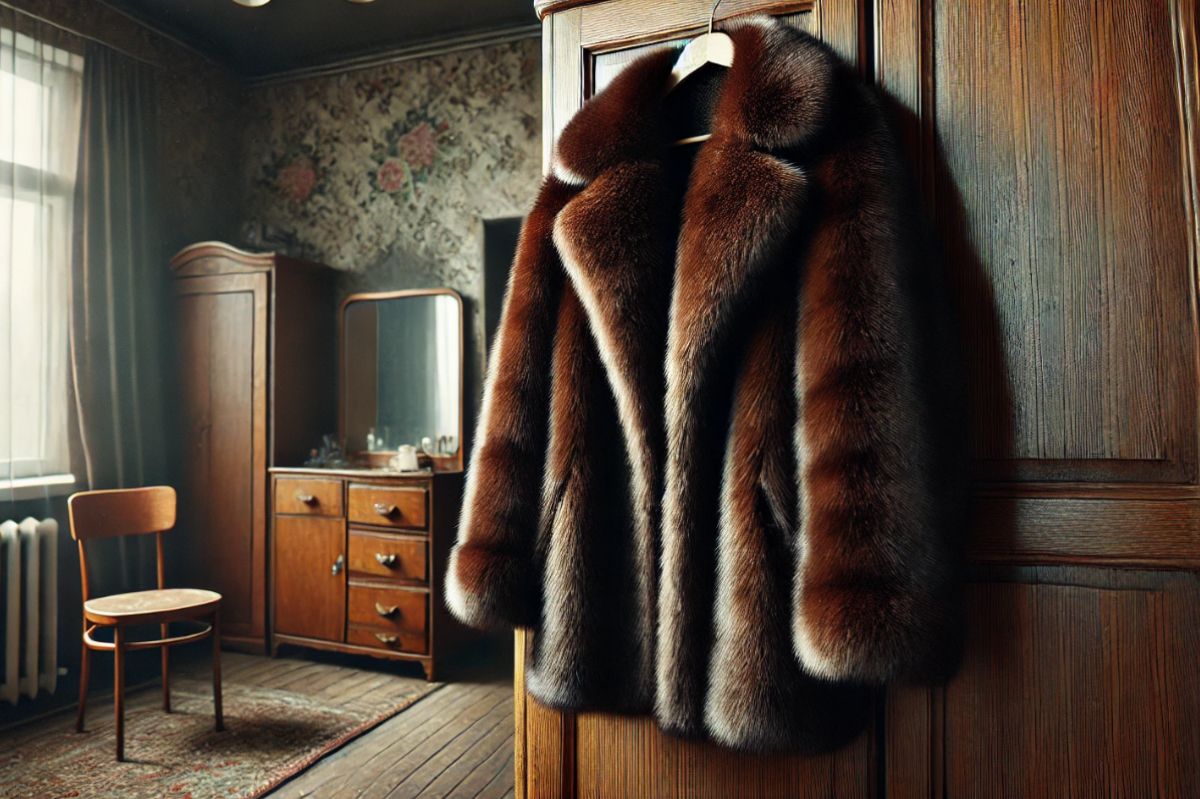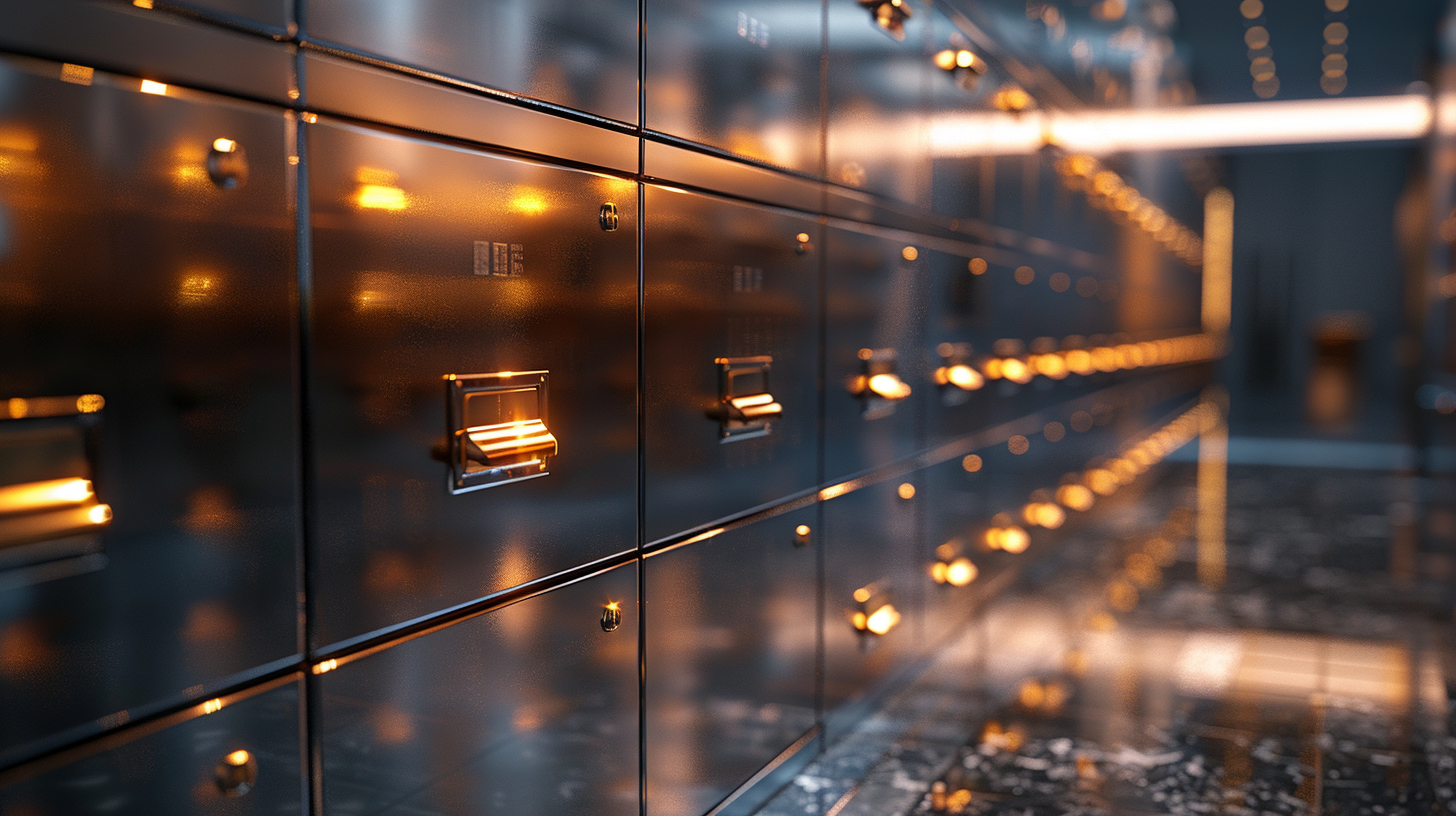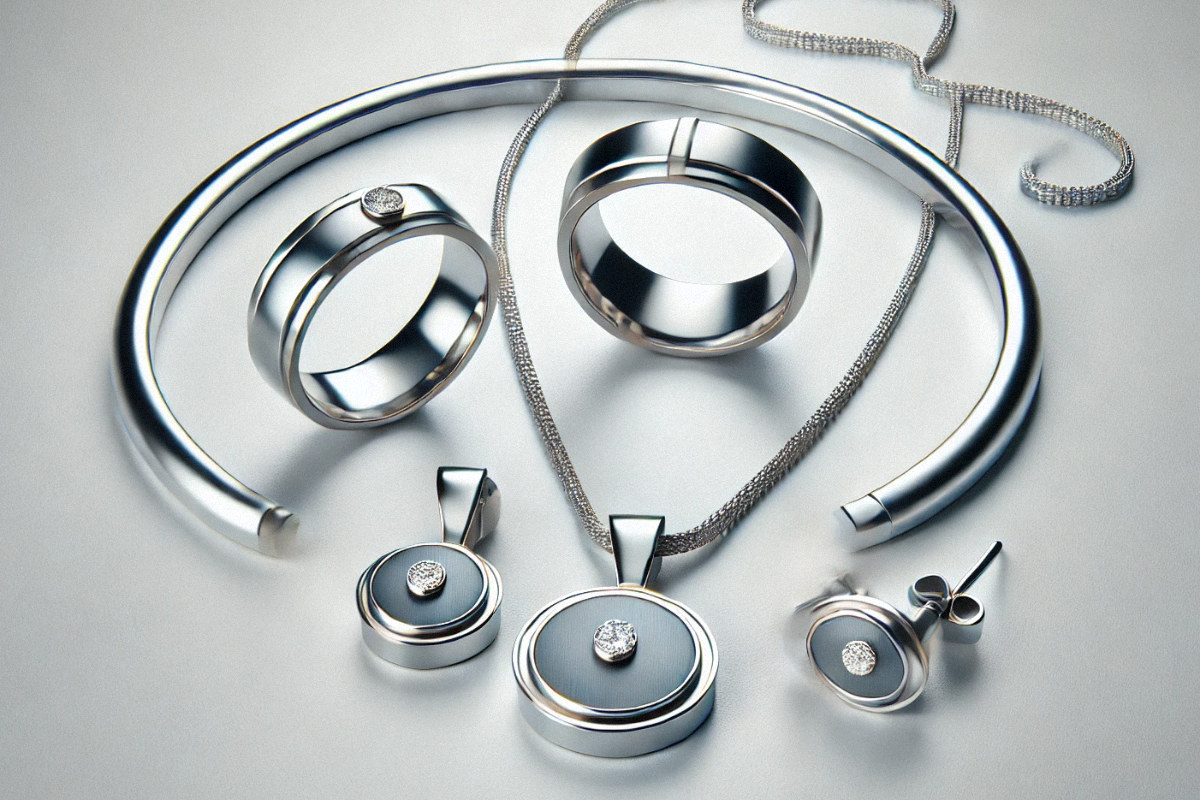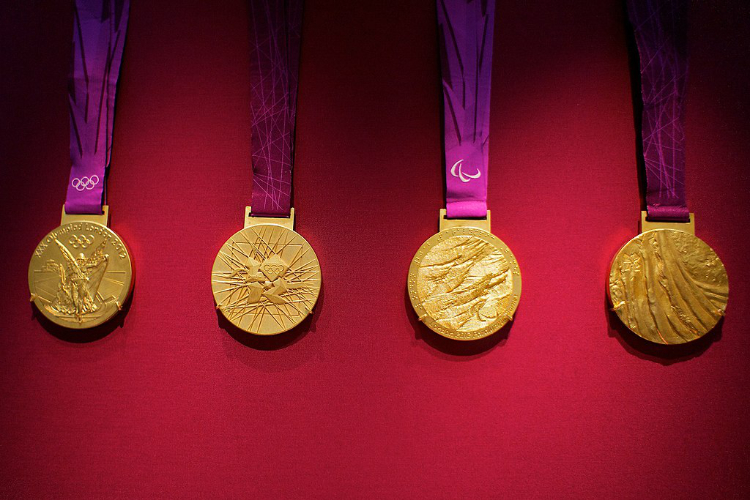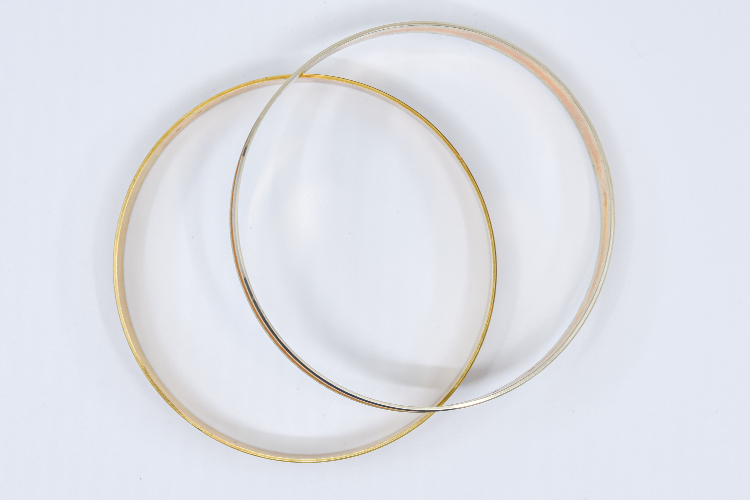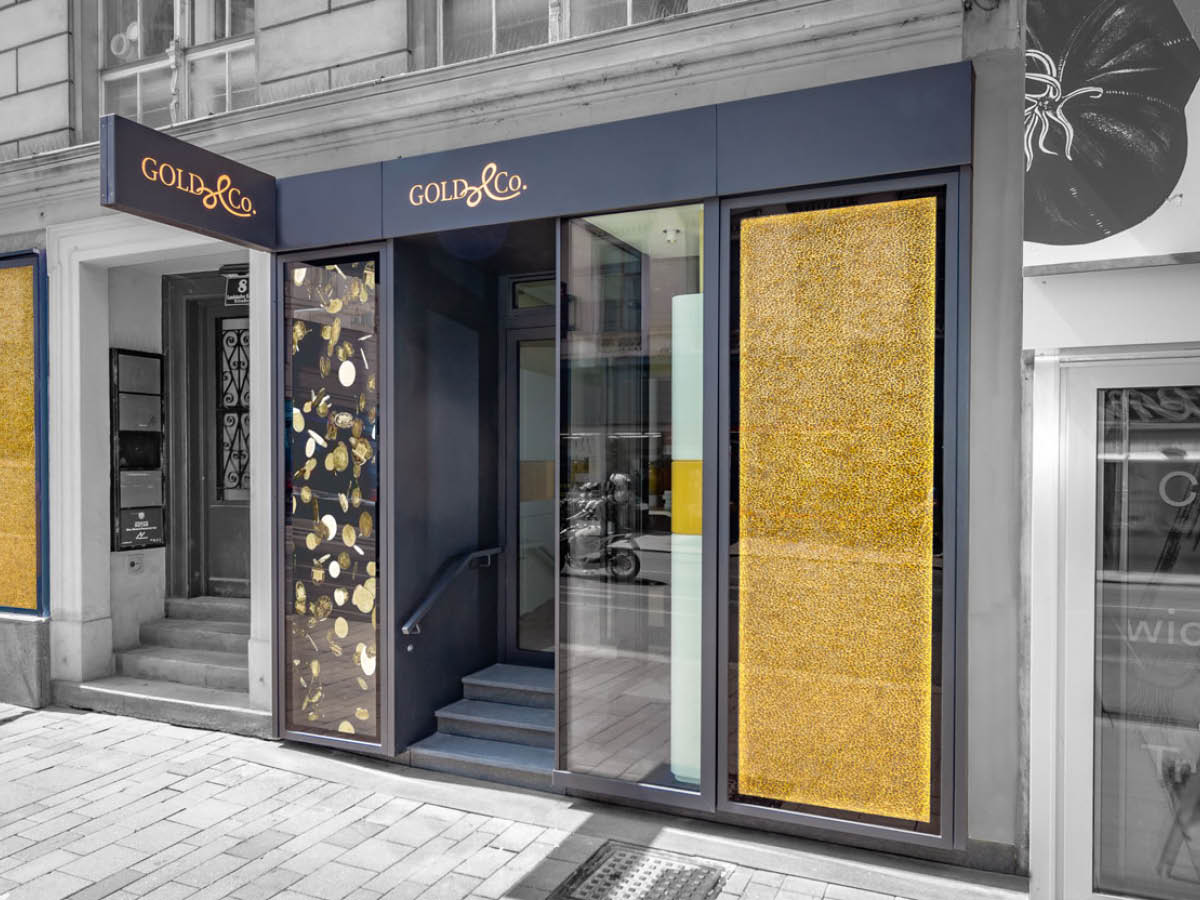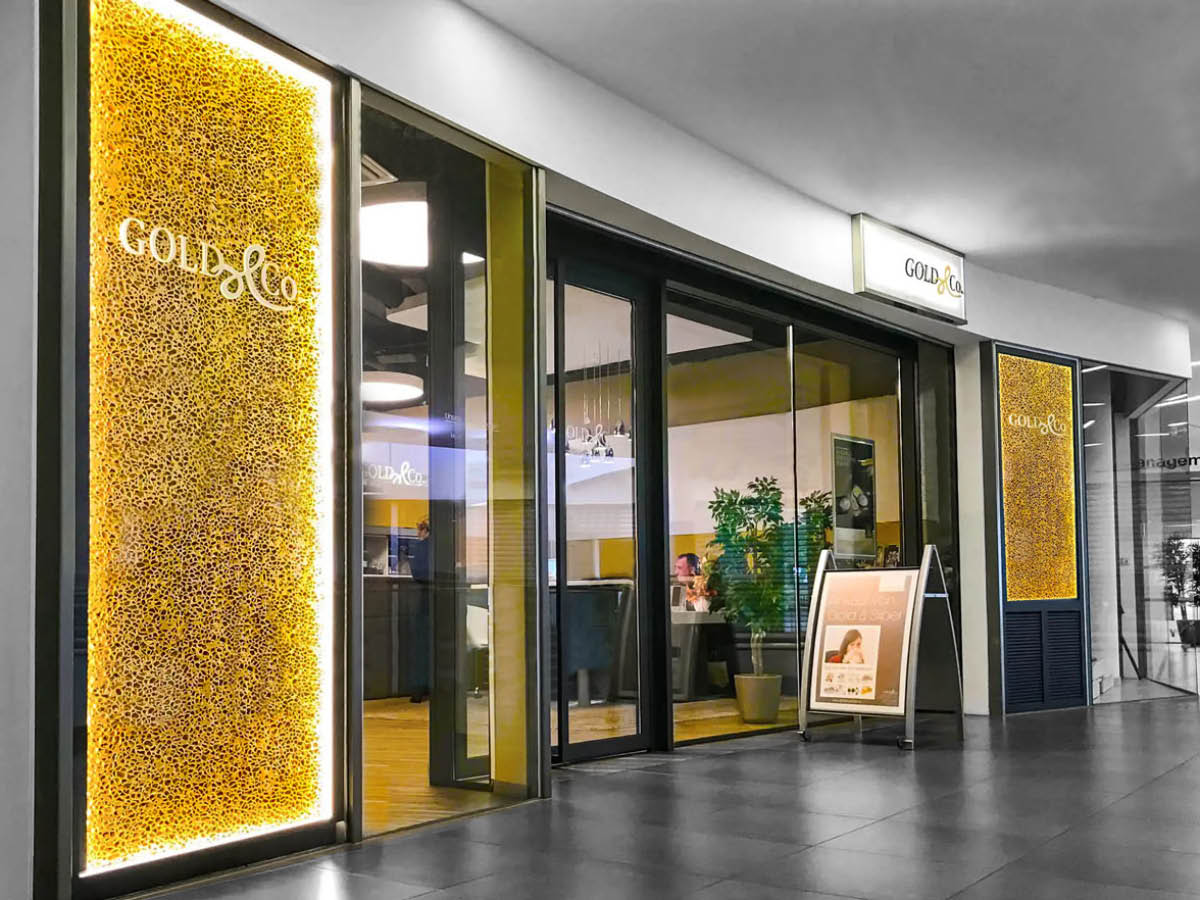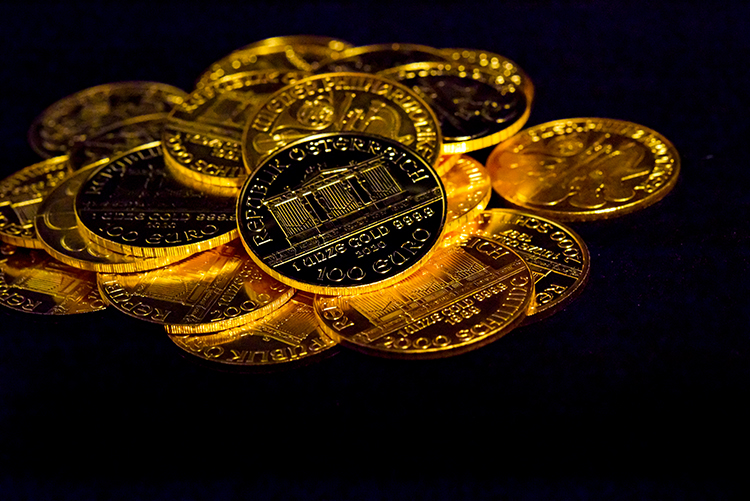
Gold coins & bars from the official Austrian mint
Since 1989, the Austrian Mint has been issuing the Vienna Philharmonic , now one of the best-known and most popular gold coins in the world. But the gold Philharmonic is by no means the only gold coin issued by the Austrian Mint. In its long history, the Austrian Mint and its predecessor institutions have issued numerous classic gold coins that are in demand worldwide as investment and collector coins.
Ducats, florins & crowns - the gold coins of the Habsburgs
In its long history as a quasi-governmental institution closely linked to the Habsburg Empire of Hungary-Austria, the Austrian Mint minted numerous well-known gold coins.
Gold ducats
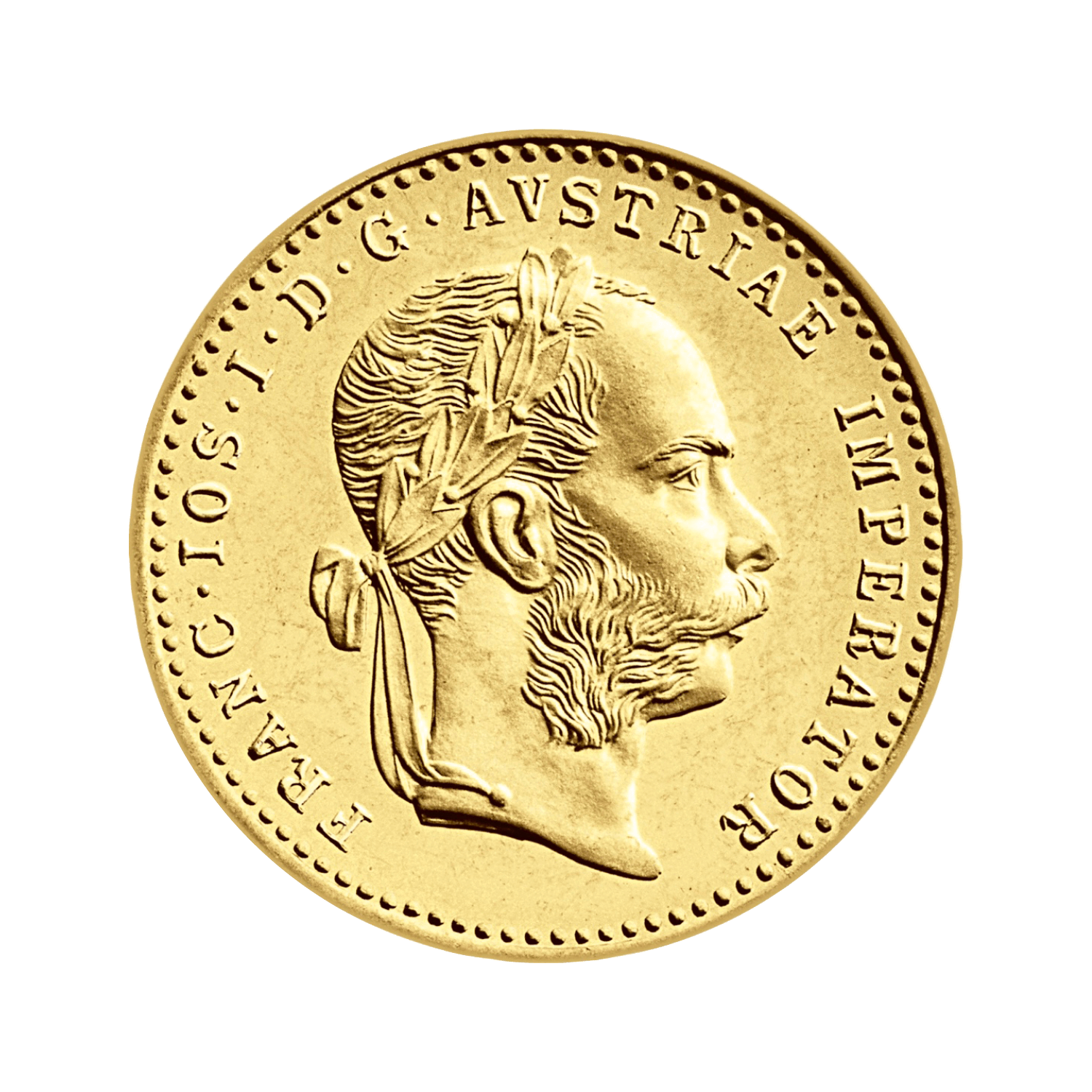
The first golden ducats were issued by the "Vienna Mint" as early as the 16th century.
Today, the Austrian Mint issues gold ducats as restrikes. Ducats are available as 1-fold ducats or 4-fold ducats. The year 1915 can always be found on these re-struck ducats with the head of Emperor Franz Joseph. These gold ducats are among the most popular Austrian bullion coins today.
Guilder
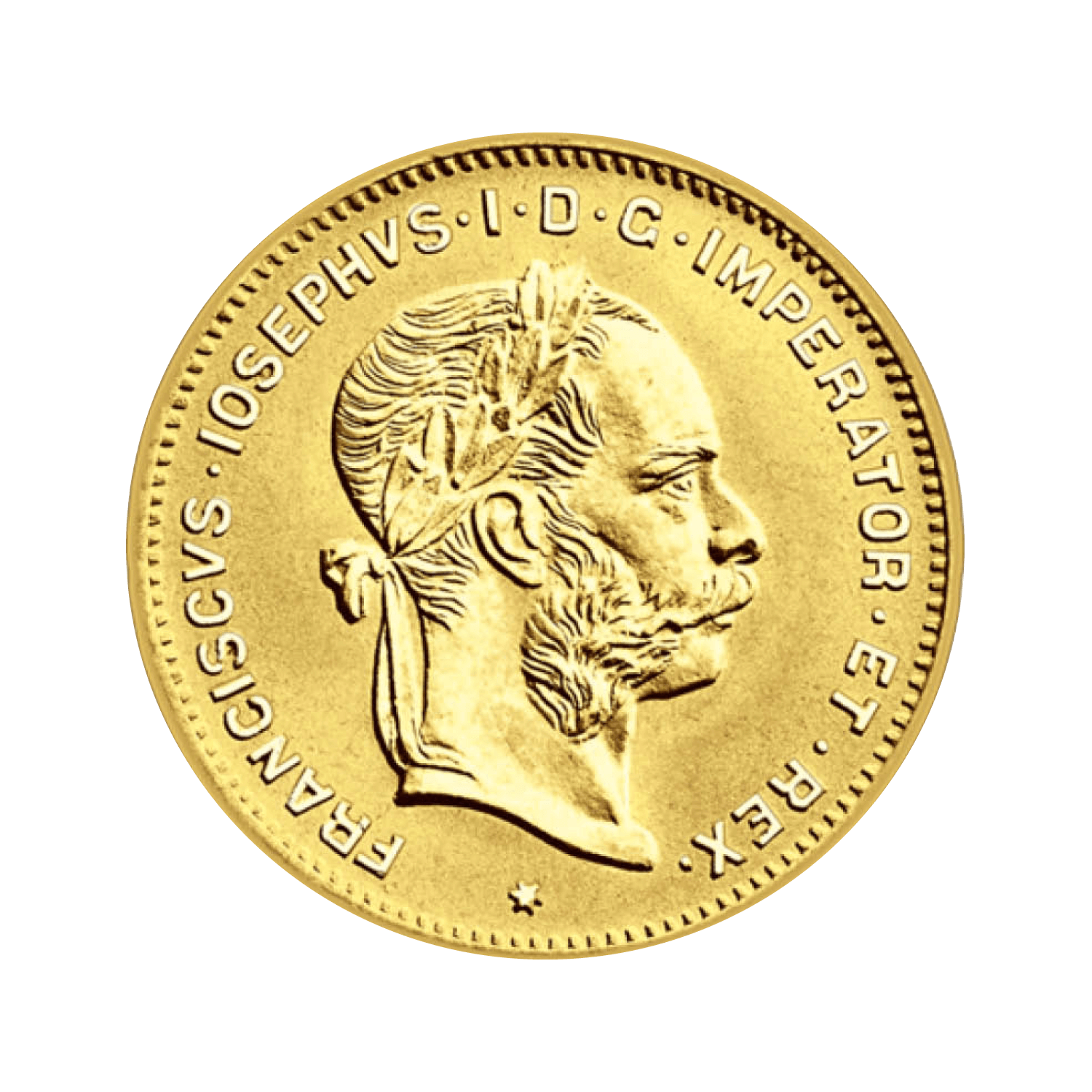
The guilder was the currency of the 19th century and initially consisted mainly of silver coins. From 1870, 4-gulden and 8-gulden coins were minted in gold, before the crown replaced the gulden as the currency in 1892.
The Vienna Central Mint, the predecessor of the Austrian Mint, issued restrikes of the historical florins as so-called "commercial gold coins". While the 8 guilder gold piece was only issued until 1988, restrikes of the 4 guilder piece were issued until 1999.
Gold crown

The crown was the official currency of Austria between 1892 and 1916. The gold crowns were initially issued in two denominations: 10 and 20 crowns. Another gold coin, the 100 crown coin, was issued for Emperor Franz Joseph's jubilee in 1908. As investment gold coins, the Main Mint Office, or the Austrian Mint, issued restrikes of the crown as "commercial gold coins" until 1992. The editions of the restrikes varied greatly from year to year, so that today's price depends heavily on the year of minting. The original coins, which are over 100 years old, are rare collector's items and extremely sought-after.
Due to the former dual monarchy of Austria-Hungary, numerous coins from the 19th and 20th centuries are attributed to Hungarian coinage. Strictly speaking, however, the Hungarian Korona gold coins from the time of the Danube Monarchy can also be regarded as products of the Main Mint.
Gold coins with schilling denominations
After the currency reform of 1924, the schilling was the official currency of Austria. In the First Republic, gold schilling coins with a face value of 25 and 100 schillings were minted from 1924 until Austria's annexation in 1938.
The first schilling gold coin of the Second Republic was issued by the Austrian Mint in 1976 with the 1000 schilling Babenberg coin. It was considered legal tender at the time. The background to this gold coin, which was dedicated to the ducal family of the Babenbergs, was to add a modern gold bullion coin to the ducats, florins and crowns. A total of 1.8 million Babenberg 1000 Schilling coins were minted.

In 1989, the Austrian Mint finally minted the first Vienna Philharmonicinitially with denominations of 2000 schillings (1 ounce) and 500 schillings (1/4 ounce). In 1991, the series was supplemented by the 200 Schilling (1/10 ounce) denomination and in 1994 by a 1000 Schilling Philharmonic (1/2 ounce).
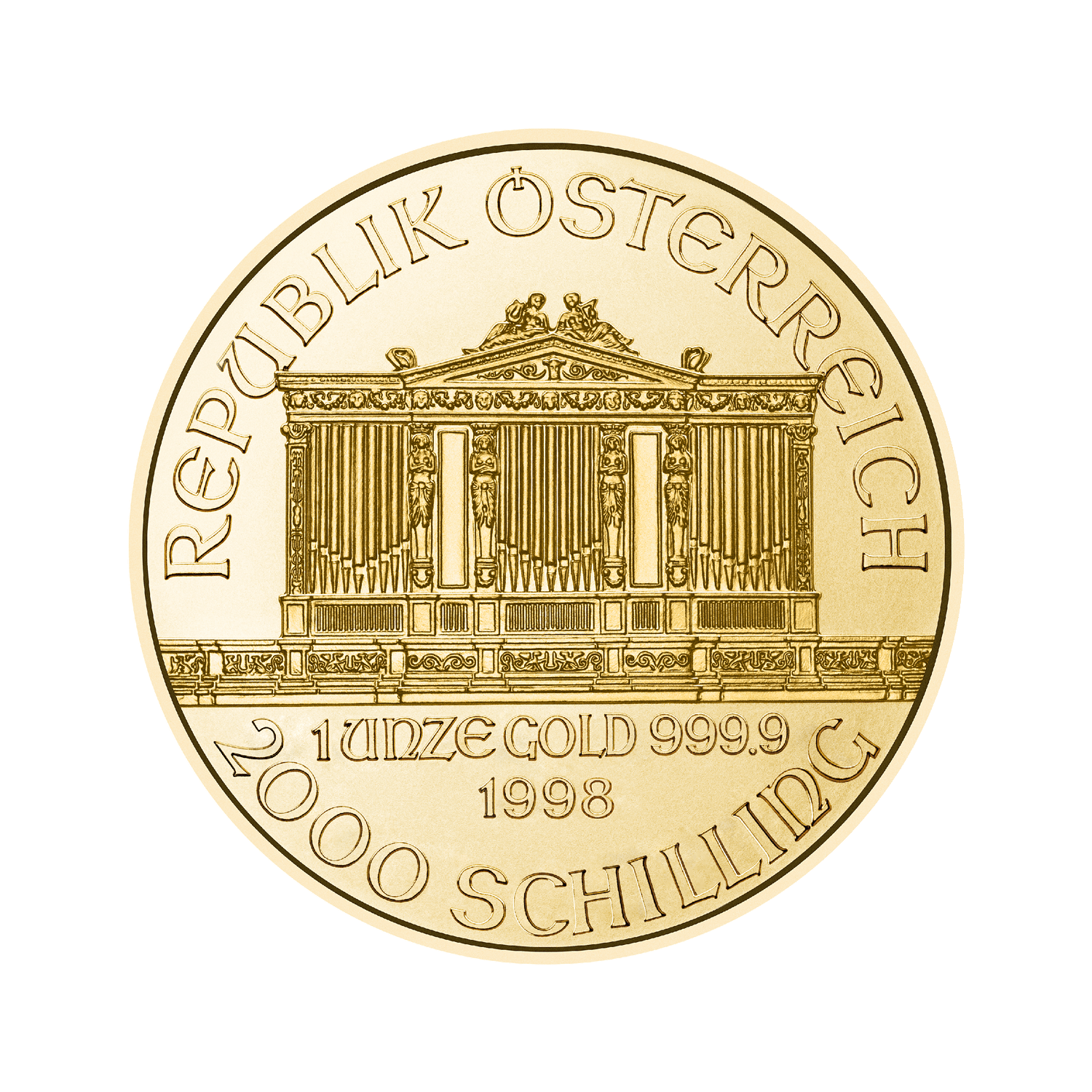
From 1991, the Austrian Mint also issued new 500 schilling and 1000 schilling special commemorative gold coins every year.
Euro gold coins from the Austrian Mint
With the introduction of the euro in 2002, schilling denominations were no longer possible.
The special commemorative gold coins, as well as the Vienna Philharmonic , have therefore been issued as euro gold coins ever since. The commemorative gold coins have since been issued with denominations of 50 euros and 100 euros. The Philharmonic continues to be issued in denominations of 1, ½, ¼ and 1/10 ounce, now with face values of 10 euros, 25 euros, 50 euros and 100 euros and since 2014 also as a 4 euro coin with 1/25 ounce.
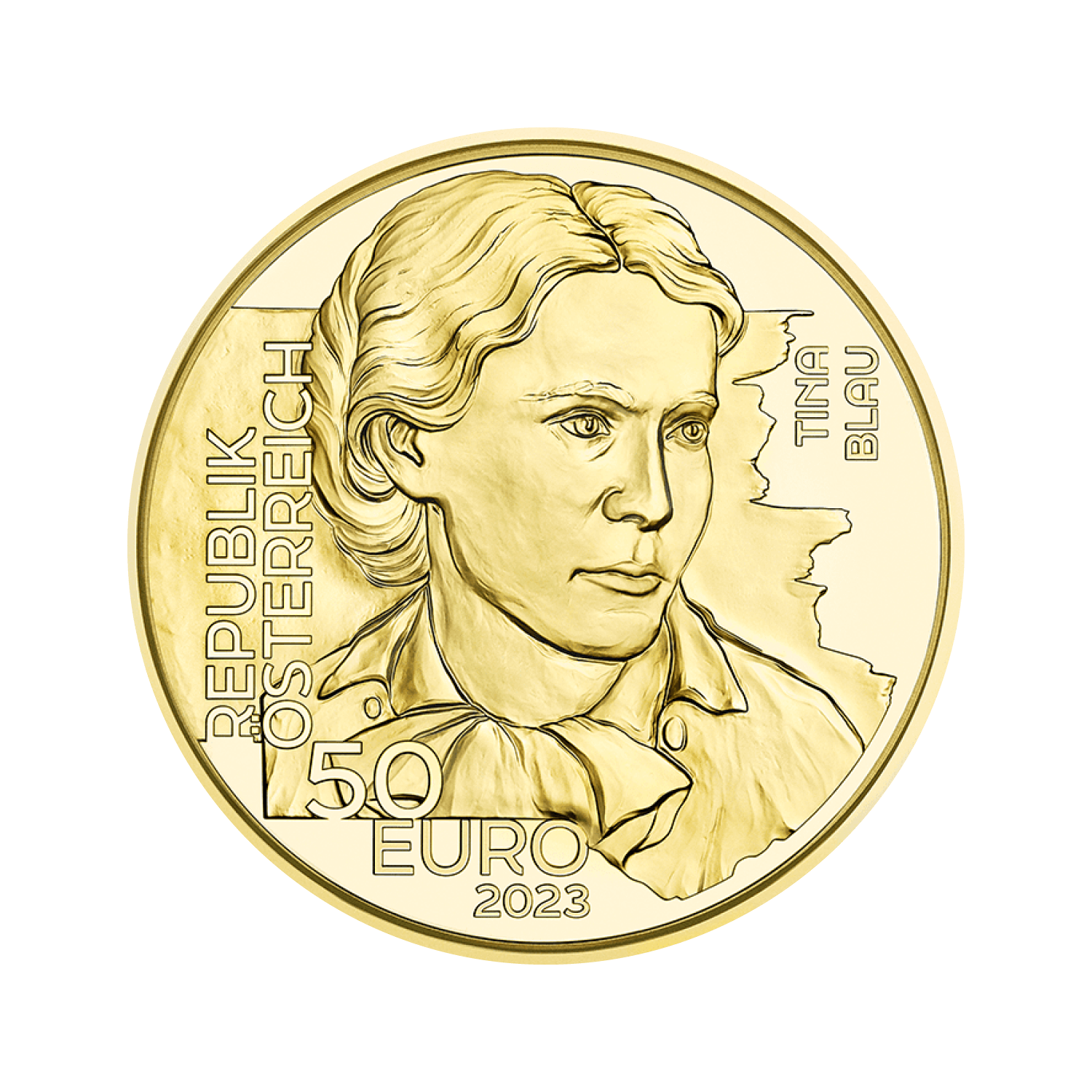
A special issue appeared in 2004 with the 1000 ounce giant Vienna Philharmonic "Big Phil", which had a face value of 100,000 euros. The coin is available 15 times in total, with each piece consisting of more than 31 kilos of pure gold.
Bares Gold - Gold bars from the Austrian Mint
In addition to gold coins, the Austrian Mint also issues gold bars weighing between one gram and one kilo in 24 carat gold. The Austrian Mint is the only Austrian manufacturer of gold bars with a "Good Delivery" certificate, which is awarded by the London Bullion Market Association under strict controls and conditions. The bars are minted on behalf of the Austrian Mint by Argor-Heraeus in Switzerland in sizes from 1g to 100g and cast from 250g to 1000g. The smaller minting bars are also available as kinebars, i.e. with a kinegram on the reverse of the bar.

Gold & Co is an official partner
As an official partner of the Austrian Mint, you can buy and sell investment coins, collector coins and gold bars from the Austrian Mint at Gold & Co. Simply drop by one of our branches in Vienna or contact us directly!

